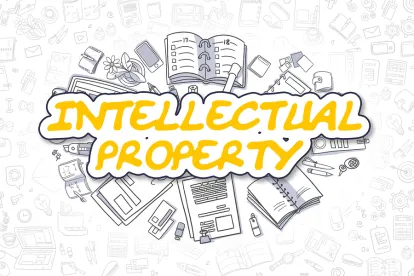The emergence of “plausibility” as a test for inventive step, sufficiency and industrial applicability represents a significant legal development in Europe in recent years. Now the concept of plausibility has reached Australian shores, with the Australian Patent Office applying it in a test for sufficiency.
Background
The disclosure requirements for patent specifications were raised in Australia following the commencement of the Intellectual Property Laws Amendment (Raising the Bar) Act 2012. Under the “new” Patents Act, a patent specification should provide sufficient information to enable a person skilled in the art to perform the invention across the full scope of the claims without undue burden or the need for further invention. In Evolva SA [2017] APO 57 (Evolva) the Patent Office handed down its first decision that considers these new disclosure requirements in the context of a biotechnological invention.
The disputed application broadly relates to methods and materials for glycosylating mogrol using Uridine-5′-diphospho-dependent glycosyltransferases (UGTs). The specification describes five UGTs that glycosylate mogrol, however, the claimed method encompasses not just those five UGTs, but polypeptides having at least 90% sequence identity to them. The examiner objected to the claims on the basis that the specification did not provide a principle of general application that would enable the invention across its full scope of the claims, and therefore, the person skilled in the art would need to produce every single peptide encompassed by the claims and conduct an assay on each to determine which possessed the desired activity.
The decision
The Raising the Bar Act was introduced with the intention of aligning Australia’s disclosure requirements with those in Europe and the UK. The Hearing Officer in Evolva therefore drew on authorities from both jurisdictions for guidance in determining whether the claimed invention was sufficiently described in the specification. Notably, in considering whether the specification described a principle of general application, the Hearing Officer brought the concept of “plausibility” into questions of sufficiency, observing that an
“assertion in a patent specification could hardly be considered a principle with broader applicability if the skilled reader would not consider it plausible from a technical viewpoint“.[1]
The requirement for plausibility, as applied in Europe and the UK, is designed to prevent speculative or “armchair” claiming.[2] However, the threshold of plausibility is a low one, and in some cases, a “reasonably credible” claimed use, or an “educated guess” can suffice.[3]
In determining whether the specification provided an enabling disclosure across the full scope of the claims, the Hearing Officer followed a two-step enquiry consistent with European and UK case law:
i) Is it plausible that the invention can be worked across the full scope of the claim?
ii) Can the invention be performed across the full scope of the claim without undue burden?[4]
The answers to both questions will depend on the extent of disclosure provided in the specification as well as the specific technology at issue, and the capabilities and background knowledge possessed by the notional person skilled in the art.
Regarding the person skilled in the art, the Hearing Officer considered that a team, comprising biotechnologists and synthetic chemists, would be the “person” to whom the specification is addressed.[5] Needless to say, such a team would have a wide breadth of skills and knowledge at their disposal when it comes to assessing the plausibility, and to performing, the invention as claimed. Against this backdrop, the Hearing Officer addressed the first question in the two-step enquiry, concluding that, given what was known about the structure and function of UGTs, the skilled person would consider it plausible that functional variants to a level of identity of at least 90% could be identified and would be useful in the claimed methods.[6]
In answering the second question, the Hearing Officer found that the specification provided sufficient guidance as to the manner in which variants may be generated and tested. Although such tests may involve time-consuming experimentation, they did not, it was found, present difficulties that would require the skilled person to undertake any prolonged research or experimentation that would be considered an undue burden in the relevant field of technology.[7]
Conclusion
The decision confirms that applicants can validly claim their inventions beyond the examples disclosed in the specification. How broadly an invention can be claimed will depend on how that specification is drafted as well as the field of the invention and the skills and knowledge possessed by the person skilled in the art.
[1] Evolva, [43].
[2] Warner-Lambert Company LLC v Generics (UK) Limited (trading as Mylan) and ors [2016] EWCA Civ 1006, [30]-[47].
[3] Evolva, [59].
[4] Evolva, [45].
[5] Evolva, [54].
[6] Evolva, [62].
[7] Evolva, [68].



 />i
/>i
